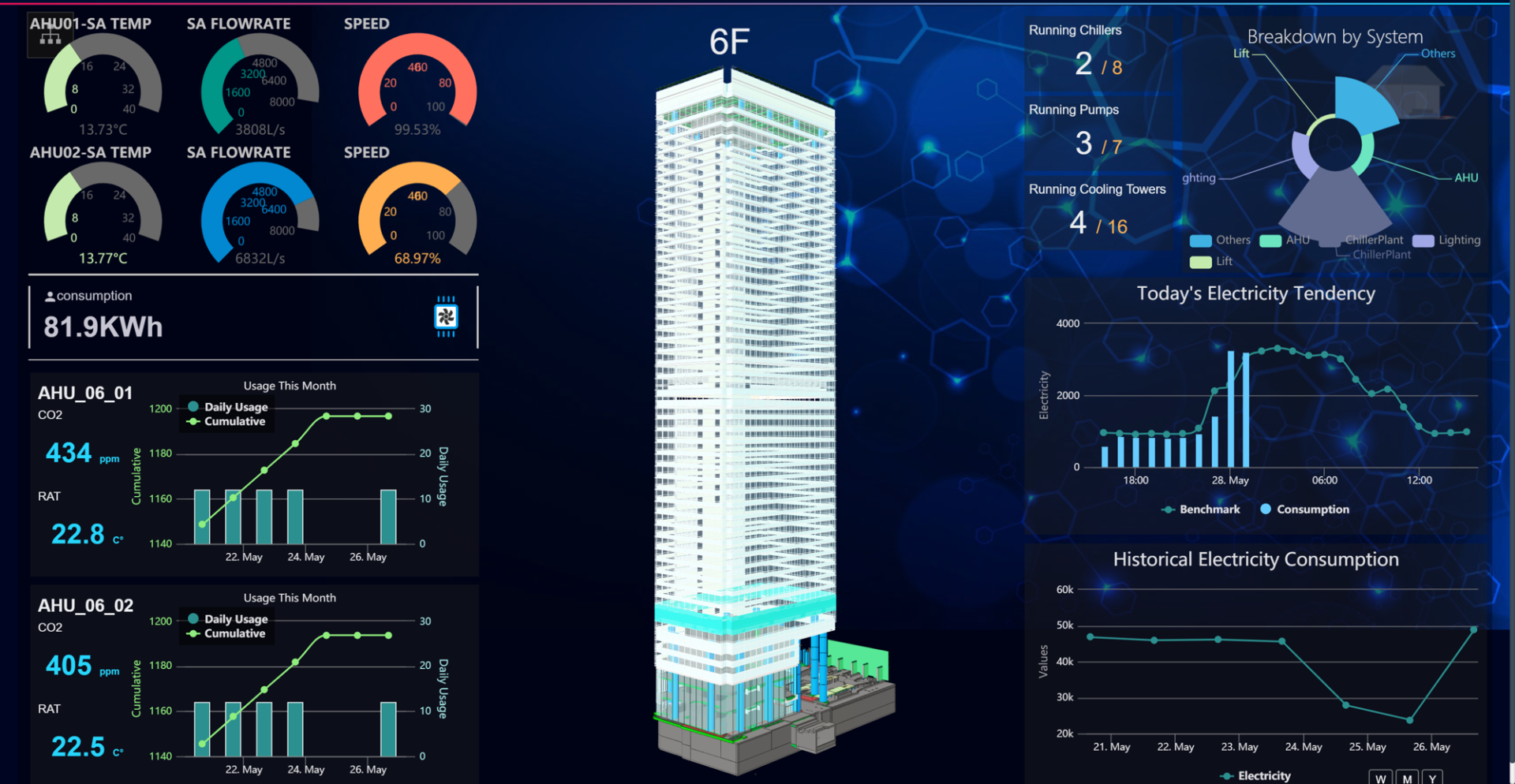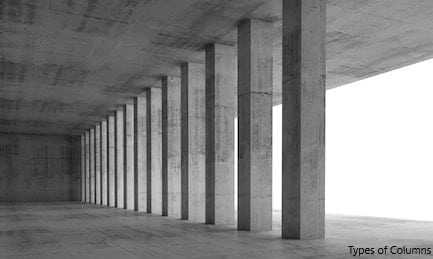Advances in structural engineering have advanced the construction industry significantly over the past few decades – and the evolution of technology has disrupted the industry, particularly when it comes to the use of Artificial Intelligence (AI). Today’s structural engineers must have a greater understanding of how AI works to stay up-to-date with the latest technologies. In this article, we will explore how AI is changing the game of structural engineering and how engineers, civil engineers, and structural engineers can benefit from the advances in technology.
The use of AI in structural engineering is not a new concept – it has been used in the industry for many years. However, the application of AI has become more widespread in recent years, as the technology has become more sophisticated. AI is being used to create more efficient and accurate designs, optimize construction processes, and predict and prevent structural failures.
There are many benefits to using AI in structural engineering. By automating the design process, engineers can focus on more creative and innovative tasks. AI also can spot errors and identify potential problems, which can save time and money. In addition, AI can help to improve communication between engineers and other professionals, such as architects and contractors.
AI offers convenient and efficient ways of designing new structures without incurring the expense of errors that may arise from manual calculations.
Although AI offers many benefits, some challenges need to be addressed. For example, as AI becomes more involved in the design process, there is a risk that human expertise will be replaced by machines. This could lead to a loss of jobs and a decline in the quality of designs. In addition, AI is still in the early stages of development and there are some concerns about its reliability.

Overall, AI is having a positive impact on the field of structural engineering. It is important for engineers to keep up-to-date with the latest developments in AI so that they can take advantage of the benefits it offers.
Future applications of AI will likely include the development of software that can assist in several aspects of structural design.
Application of Artificial Intelligence in Structural Engineering
As discussed, there is a variety of services connected with advances in structural engineering. Let’s discuss how AI connects in the process.
Structural Health Monitoring
The process of carrying out a damage detection and characterization technique for designed buildings and structures is known as structural health monitoring. It covers the processes of developing statistical models, extracting data features, evaluating operations, and tracking system health. The assessment of post-earthquake structural integrity, the monitoring of structures impacted by external factors, the decline in construction and rise in maintenance requirements, the transition to performance-based design philosophy, the performance enhancement of an existing structure, and feedback loops to improve the future design based on experience are some of the objectives of structural health monitoring.
Construction Management
The management of a construction project, starting with the initial design phase and ending with the handover to the client, is what the construction management system entails. The process of fusing an ultimately acceptable result depends heavily on the initial model design. The use of neural networks predicts a better initial design, which covers several important areas in the construction sector, including the calculation and determination of concrete mix grade, load calculations, the determination of the tensile reinforcement and depth of the beam, and the calculation of moment capacity. Artificial intelligence is used to generate plans at various project stages, including the explanation of the steps taken during project management.

Quality Assurance
One of the most crucial factors in the construction of a structure is “quality.” By using AI-based software, it is possible to maximize the materials’ efficacy and efficiency. Drones can be used to capture photographs of the site or structure from any angle the engineer desires. Using technologies like image recognition (IR), the engineer can then detect cracks or dangerous locations and compare the results with other technical drawings or sketches. AI can also be used to produce 3-D models of buildings, which are then compared to the original models to look for flaws.
Optimization of Designs
Contractors that deal with pre-given input data and supervised learning software employ AI-based solutions. Many architectural data points are inputted, along with their solutions for various job designs and suggestions for any odds or uncertainties. The requirements for various locations vary from one location to another.
Other Applications of AI in Advances in Structural Engineering
- Management
- Maintenance
- Risk Control


